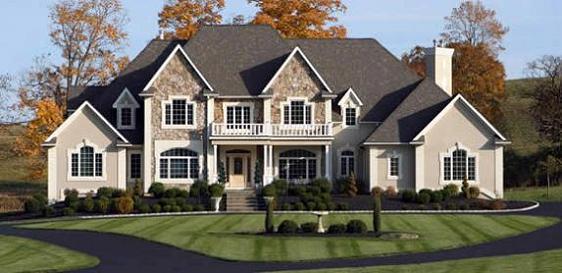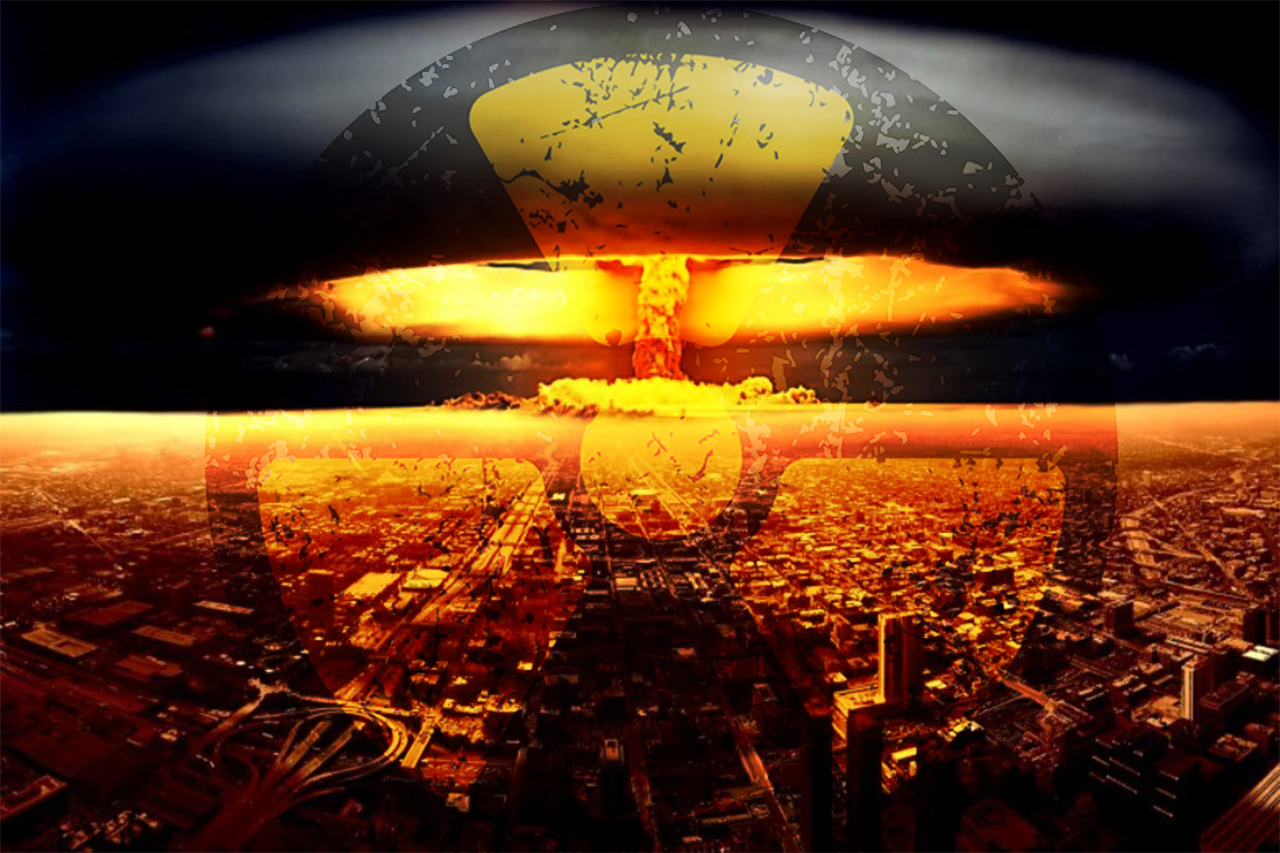Table of Content
While it’s still a prefabricated home, it shares some characteristics of a traditional home in that it’s located in one place and will never be moved. These homes must adhere to the standards set forth by HUD for all prefab homes constructed after June 14, 1976. Their exterior will usually look more modern and their construction will be more sound than older prefab houses. In the interior, the appliances and fixtures will be more stylish than in older homes. They tend to have more space, larger kitchens, bathrooms, and bedrooms. You have the option for even more space if you choose a double or triple-wide manufactured home.

This has caused modular homes to also get a similarly bad reputation in some areas because of this mix-up. Mobile homes are designed and constructed to be transportable by road in one or two sections. Mobile homes are no larger than 20 m × 6.8 m (65 ft 7 in × 22 ft 4 in) with an internal maximum height of 3.05 m .
What Difference Between Manufactured and Modular Homes
Double-wides are 20 feet (6.1 m) or more wide and are 90 feet in length or less and are towed to their site in two separate units, which are then joined together. Triple-wides and even homes with four, five, or more units are also built but less frequently. Quick - this point is a very good common reference as both homes are built very fast compared to traditional homes. Set up by contractors - both these homes have specific guidelines you need to follow.

So if a seller is listing their home as a mobile home, it does not mean their home was built before 1976. The home is more likely a more modern manufactured home built to HUD standards but it is always best to verify. The cost of a modular home runs between $80,000 and $200,000, depending on the size, style, and market. There is some overlap on the peripheries between modular homes and mobile homes. The highest-end mobile homes might overlap with the most basic modular homes. However, overall, mobile homes are significantly cheaper than modular homes.
Painting A Basement Floor Pros And Cons
With many years of experience in the industry, Homes Direct can guide you through all the processes. A manufactured home is a home that is totally constructed and put together in an assembly line or a factory. Want to have your dream modular home with the highest quality and construction methods. Modular homes can be fully customized; they vary from one another in appearance, size, and design. The indoor building process allows for special construction techniques.

Commonly used word in the United Kingdom and Australia; generally referring to a travel trailer. This term used to be used for a unit that would generally load onto the back of a pickup truck. Let’s take a deeper look at today’s home construction processes for both a manufactured home and a modular home and see how the two compare. Carey Chesney brings a wealth of residential and commercial real estate experience to readers as a Realtor® and as a former Marketing Executive in the fields of Health Care, Finance and Wellness. Carey received his Bachelor's in English at University of Wisconsin-Madison he received his Masters in Integrated Marketing & Communications at Eastern Michigan University.
What Is A Modular Home Vs. Manufactured Home?
Mobile and manufactured homes typically require a tag with renewal each year because they can be moved or relocated. Although people still often refer to a motor home as an RV, the term is now commonly used to refer to almost any type of recreational trailer. Inside of city limits, manufactured homes may be restricted to certain areas or locations. Manufactured homes can be financed without involving the land as part of the transaction. In cases where there is family land or land being offered for use without transfer of ownership, manufactured homes are a great option.
‘Manufactured homes are often less expensive than traditional construction but they may not be allowed in all areas,’ says Woollard. The average price of a modular home is typically a bit more expensive than a manufactured home. Typically, they do not require a crawlspace, but this tends to be township specific. Preferred Homes for a custom-built, high-quality manufactured home. Modular homes, like manufactured ones, are constructed in a climate-controlled off-site facility. The advantage to this is that you will have far more choices in terms of the conventional mortgage lenders available for your mortgage.
Holiday Homes, static caravans or holiday lodges aren't required to be built to BS3632 standards, but many are built to the standard. The number of double-wide units sold exceeds the number of single-wides, which is due in part to the aforementioned zoning restrictions. Another reason for higher sales is the spaciousness of double-wide units, which are now comparable to site-built homes. Single-wide units are still popular primarily in rural areas, where there are fewer restrictions. They are frequently used as temporary housing in areas affected by natural disasters when restrictions are temporarily waived.
During the 1950s the sizes grew to about 10′ wide up to about 55′ long. This term came into vogue in the 1960s as the industry started to build trailers that were drivable with their own cab and engine. Although this term is incorrectly used when referring to a travel trailer, it is still commonly used that way. We have found when working with our clients at Mobile Home Friend, that many people are especially confused when it comes to the distinctions between a manufactured home and a modular home. In fact, it seems the manufactured housing builders also suffer from this confusion.
All the state and local building codes are based on the International Code Council® and modified to fit the specific needs defined by the location. Therefore, the regulations to which a modular home builder has to construct the house will depend on its location and won’t be based on one single standardized code . Modular homes are subject to the same local and state building codes as traditional houses and manufactured homes are subject codes defined by the U.S.
When considering a manufactured home vs. mobile home, how do they compare? Continue reading to learn some of the key differences among a mobile home vs. manufactured home vs. modular home. A prefab home from Clayton can be a great choice for you and your family for many reasons. We construct our homes across the country inside of our home building facilities, using a streamlined process that allows us to reduce waste and delays because of factors like bad weather.
Sarah is a freelance journalist and editor writing for websites, national newspapers, and magazines. She loves testing the latest home appliances, revealing the trends in furnishings and fittings for every room, and investigating the benefits, costs and practicalities of home improvement. It's no big surprise that she likes to put what she writes about into practice, and is a serial house revamper. For Realhomes.com, Sarah reviews coffee machines and vacuum cleaners, taking them through their paces at home to give us an honest, real life review and comparison of every model. Our Mountaineer Deluxe Cabin is a spectacular take on our Mountaineer Cabin.
With just a few clicks you can look up the GEICO Insurance Agency partner your Business Owners Policy is with to find policy service options and contact information. Purchasing a new manufactured home is very different from the process of buying a motor vehicle. Other Upgrades – Everything from higher-end cabinets, flooring, light, and plumbing fixtures are all available today directly from the factory. The above illustrates how these early homes were set up and used in a park as a home. As can be seen from the photo, they were very narrow which made them feel somewhat claustrophobic inside. Awnings and porches were often installed on the side to make them a bit more livable with some additional outdoor space.
We also build with energy efficiency and sustainably in mind and include smart home features like an ecobee smart thermostat® in all our new homes to help you save energy and money. On their face, it seems like modular homes and mobile homes have a lot in common, but they are actually very different. The biggest similarity is that both of these home types are built in a factory rather than being built on-site by contractors. Both mobile homes and modular homes each come with their own unique set of benefits and can be an excellent alternative to a traditional home depending on your circumstances. Most manufactured homes aren't permanently affixed to foundations but sit on wheeled platforms. The Oregon Manufactured Housing Association says that the cost per square foot of a manufactured home is nearly half that of a stick-built home, at about $41.24.


No comments:
Post a Comment